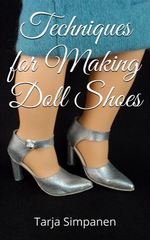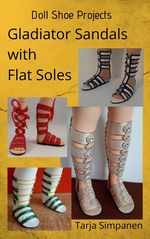
Not Sleeping
Originally uploaded by Oh so lazy susan
There are actually real miniature crime scenes as well. In Flickr, you can find pictures of the production of Our Wildest Dreams: A True Crime Documentary of Dolls & Murder. The documentary tells about a collection of dollhouse crime scenes used to train detectives.















